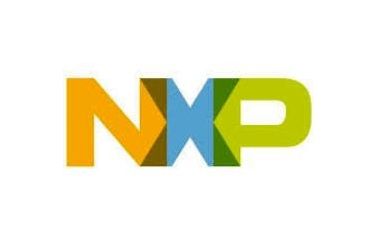The offering, set to price late Monday, is talked at a 0.5%–1% coupon and a conversion premium of 35%–40%. Morgan Stanley, Bank of America Merrill Lynch, Barclays, Credit Suisse and Deutsche Bank are leading the deal.
To broaden the marketing effort, the company took the additional step of getting the security rated by Moody’s and Standard & Poor’s. Moody’s on Monday assigned a B1 rating to the offering, while S&P rated it BB-.
Moody’s on Monday also upgraded NXP’s “corporate family” from Ba3 to Ba2, two notches below investment-grade (S&P rates the issuer BB+).
Deal sources said the offering has attracted a global book of investors that are familiar with the name.
The offering benefits from an observed credit benchmark in the form of the company’s June 2018 notes, which trade at L+223 or 101.25. To offset structural subordination (the convertible is at the parent level), the syndicate is guiding investors towards a credit spread of L+275.
The net proceeds will fund the cost of a call spread to push out the conversion premium to an unspecified level above the base, repay up to €225m of intercompany loans and fund a US$250m share repurchase, including US$150m concurrently with the sale of the CB.
Shareholder returns
The deal is the latest step in the company’s more aggressive capital management stance alongside its expectations of above-market growth through 2018.
“We expect revenue to grow about 10% compound annually,” chief financial officer Peter Kelly said at an investor day on November 5. “We would think that our earnings will grow about 20% compound annually over the same period (through 2017 or 2018).”
NXP has already returned US$1.2bn in capital to shareholders through the third quarter, exceeding its US$1bn plan for the full year. Jefferies analysts said in a note earlier this month that NXP’s cashflow generation means it could repurchase up to US$8.3bn of stock through 2018, adding an additional 30% to earnings per share by that time.
In late October, the company reported 21% year-on-year improvement in third-quarter product revenues to US$1.47bn and delivered earnings of US$1.35 a share, four cents above consensus and 26 cents better than the linked quarter. Total debt at the end of the quarter stood at US$3.8bn, though the company also had US$594m in cash. This equated to leverage of 2.03 times trailing 12-month adjusted Ebitda of US$1.6bn.
The offering follows several recent tech convert offerings, including those of LinkedIn and RedHat, that have priced outside marketing talk but traded up in the aftermarket.
“We are in a market where the investor in large deals has insisted on having an issue price they think is going to trade well,” one convert banker said.
NXP shares have continued to gain ground since the removal in May of a overhang as a sponsor syndicate lead by KKR and Bain Capital sold their remaining shares at US$60 each.
In early trading Monday, NXP shares touched a record high of US$76.62, having almost doubled in the past 12 months and more than recouped a dip in October. The dip followed competitor Microchip Technology’s warning earlier in the month that semiconductor demand was set for a broad downturn, though the company three weeks later said the worst was over and the dip would be minor.
The offering coincides with a separate announcement by NXP that it had agreed to buy assets from wireless technology company Quintic, as part of its plan to offer security and connectivity products for fast-growing “Internet of Things” applications, including health and fitness wearables, mobile transactions and smart home.
